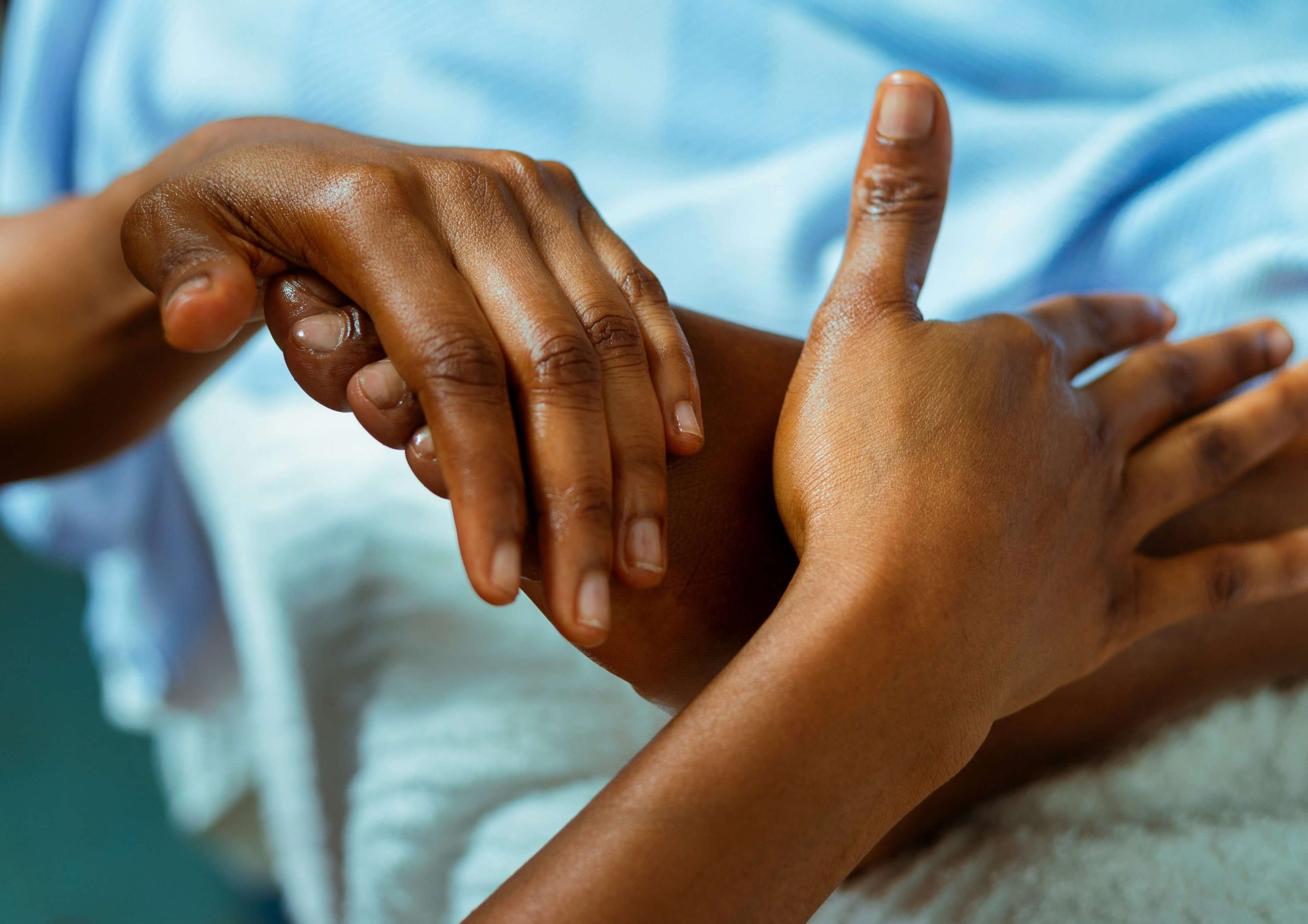
In aid of Dystonia Awareness Month this September, we’d like to shine a spotlight on the neurological movement disorder.
In this article, we’ll discuss the symptoms, the causes, the types, the diagnosis and available treatments.
Thought to affect at least one hundred thousand people in the UK, it is a neurological movement disorder.
The condition results in uncontrolled and occasionally painful muscle movements, also known as spasms. It is normally a lifelong issue, but treatment can help relieve the symptoms.
Unfortunately, dystonia can affect any part of the body. This tends to include the eyelids, face, jaw, vocal cords, torso, limbs, hands, and feet. The condition will present differently depending on the part of the body affected and each type has a clinical name.
The condition affects all ages – it can appear at any stage in a person’s life. If it starts in adult life, it tends to present in one or two parts of the body. If the symptoms start in childhood, they will spread across multiple parts of the body and tend to be be more generalised.
The symptoms are likely to include the following:
It’s also worth noting that symptoms of dystonia might be continuous or come and go.
They are also likely to be triggered by things like stress or certain strenuous activities.
The cause of dystonia is thought to be a problem with the part of the brain that controls our movement. Unfortunately, it’s not very often that there is a reason for this.
Occasionally, it can be due to the following:
There are several types and they affect varying parts of the body.
The following are the main types:
You can find a full list of the types on Dystonia UK.
To be diagnosed, you’ll need to see your GP in the first instance – they will assess and refer you to a neurologist for tests if necessary.
Your neurologist will do the following to diagnose you with dystonia:
Once diagnosed, your neurologist will work with you on a treatment plan specific to your type of dystonia.
Although dystonia is normally a lifelong condition, in most cases it is not life-limiting.
There is not a cure but there are many treatments available that can relieve the symptoms and scientists around the world are actively seeking research toward new therapies every single day.
The treatment a person receives is determined by the type and severity of their specific diagnosis. Your doctor will help you decide the best treatment for you, and it may even take a combination of several options to help with your symptoms.
The main treatments for dystonia tend to be the following:
If you’re thinking about being involved in raising awareness this month, there are plenty of ways you can – click here to read more about how Dystonia UK are spreading the word.
Make sure to tag @DystoniaUK and #DystoniaAwarenessMonth on all the social media platforms you use and/or send your photos to events@dystonia.org.uk for Dystonia UK to use and share.
Please let us know what you think, and if you have had an experience of dystonia, via our social media channels – we would love to hear from you.
You can connect with us on social media for service updates, articles, and more.
Follow us on Facebook, Twitter, LinkedIn, and Instagram.
Dystonia Awareness Month – Dystonia UK
What is dystonia? – Dystonia UK
What causes dystonia? – Dystonia UK
Types of dystonia – Dystonia UK
Diagnosis and treatment – Dystonia UK
Image by Oswald Elsaboath on Unsplash.